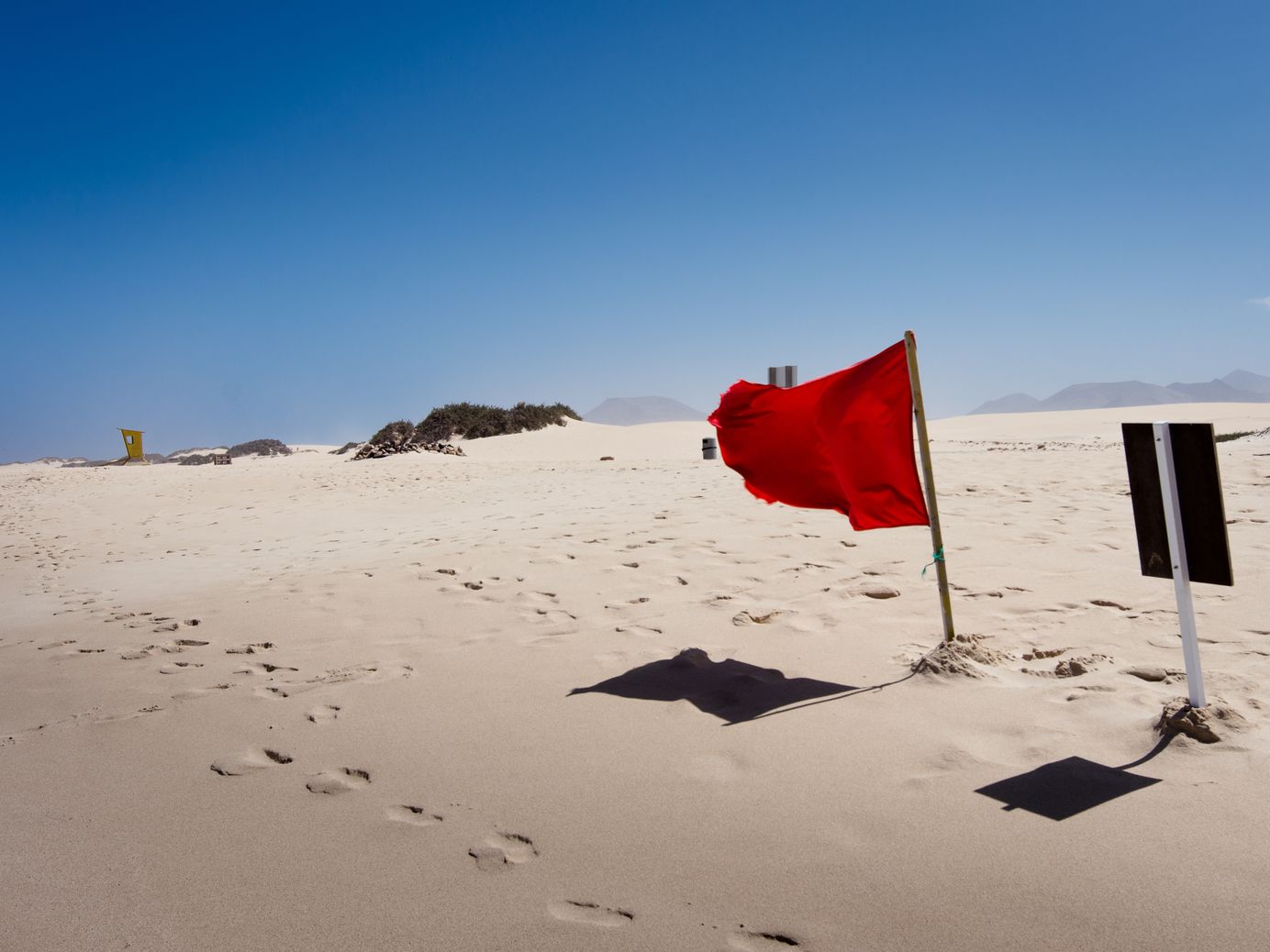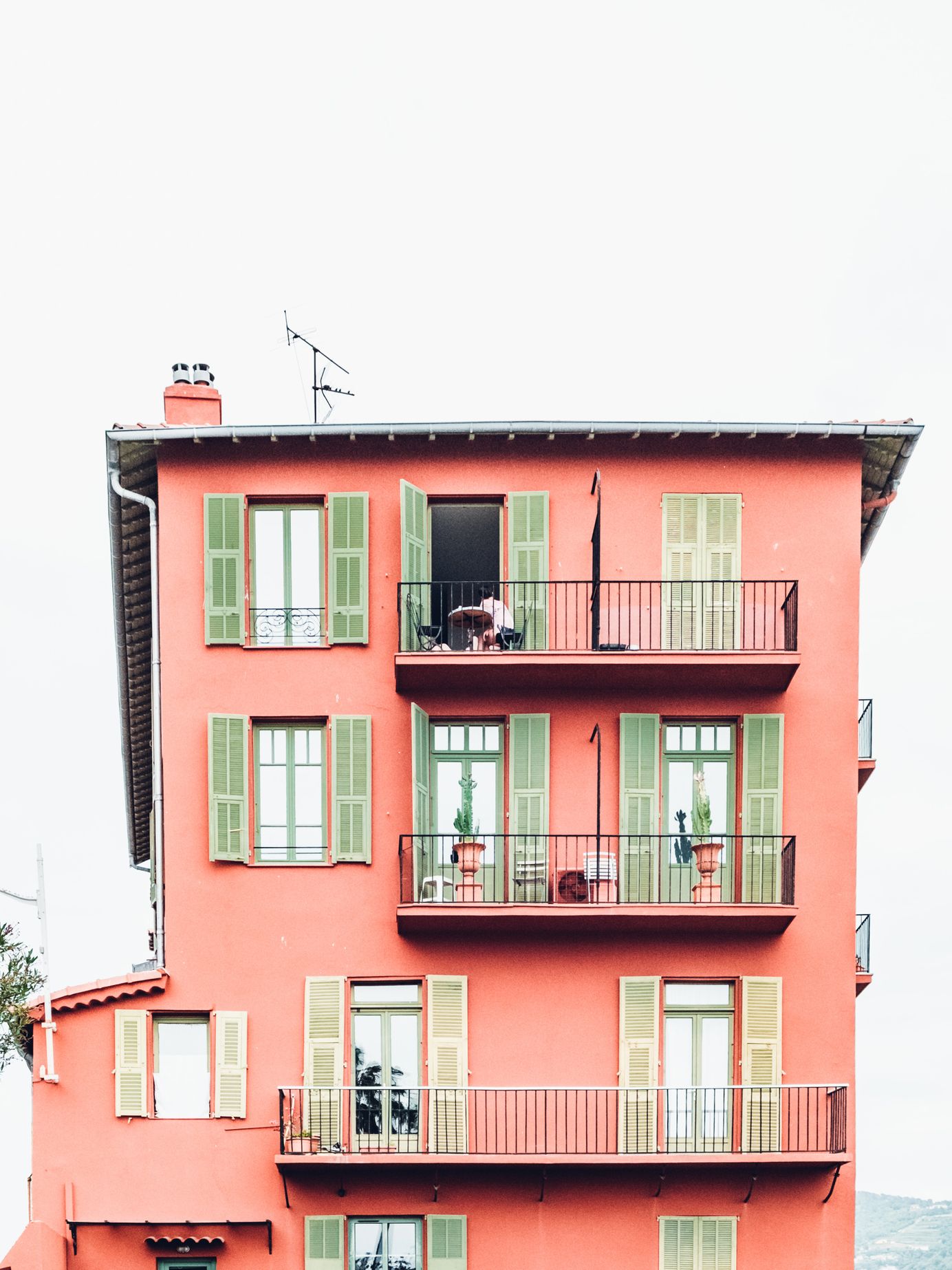
Is a Landlord Responsible for Mold?
What happens if you find mold in your apartment? Here are some preventative measures to protect both a landlord’s investment and the tenant’s well-being.
The public’s misconceptions about mold abound. Even the scientific community debate over the complex research on indoor mold and its dangers. Consequently, landlords wonder if they are doing enough in guaranteeing implied warranty of habitability when it comes to mold. The first step a landlord should take is to know the specific laws that govern mold. Let’s take a look.
Federal and State Mold Laws
Surprisingly, federal laws or standards on threshold limits for airborne mold contaminants do not exist. Some states and cities (including San Francisco and New York) have passed their own legislation establishing guidelines and regulations. Here are a few of the following states that have taken steps:
- California
- Colorado
- District of Columbia
- Indiana
- Maryland
- Massachusetts
- New Jersey
- Texas
- Vermont
- Virginia
Local laws on mold provide landlords a clearer direction on how and when to handle a mold outbreak. For example, in Washington D.C., the Department of Energy and Environment (DOEE) regulates how landlords and property managers must address mold in residential dwellings. Landlords have seven days to respond to tenants and 30 days to repair the mold situation. The DOEE also provides educational pamphlets on mold prevention and moisture control.
To learn if your state or county has established standards or regulations on addressing mold, visit your department of environmental protection or your department of public health.
Now, if mold-related legislation is non-existent in your area, you may wonder who has an obligation to control mold problems.
Who is responsible for mold?
Both tenants and landlords are to some extent responsible for mold issues and prevention. Liability depends on which party neglected their responsibility.
The Landlord
The last thing a landlord wants to experience is their tenants filing a lawsuit for an illness allegedly caused by mold contamination. As a landlord, your best bet in ensuring their smooth and happy tenancy is upholding your duty to keep rental premises safe and livable. The requirement is known as the implied warranty of habitability.
What can a landlord do to combat a mold outbreak?
Fortunately, proper cleaning and maintenance is typically all that is needed for mold removal. Early detection and maintenance is key!
Tips on Prevention:
- Find and fix the sources of water problems. Mold needs moisture to grow. Generally, sources of moisture are leaking pipes, basements, roofs, chimneys, and fireplaces.
- Reduce indoor humidity. If there is room in the budget, install an air conditioner, dehumidifier, or exhaust fan.
- Require tenants to notify you of any signs of mold. Include this language in the lease or rental agreement. It will protect both you and your tenant when you are able to address the problem in a timely manner.
- Educate your tenants. You cannot monitor what your tenants do, but you can help them understand mold and the conditions it requires to thrive. Share with your tenants methods to prevent an outbreak.
The Tenant
As we mentioned earlier, you as the landlord cannot scrutinize your tenants and their habits every second of the day. You can, however, stay on top of maintenance and cover any repairs due to normal wear and tear. By committing to a regular schedule, you have a higher chance of detecting moisture and ventilation issues.
As for your tenants, they also have an obligation to keep their unit safe and clean. If a mold outbreak is due to a tenant’s negligence (not reporting leaks or leaving condensation on bathroom walls) you would not be liable for their mold-related illness. Your first line of defense is the lease or rental agreement. These documents should detail your tenant’s specific obligations, including notifying you of a mold problem, maintaining a clean home, and ventilating rooms with high humidity.
Mold FAQs: Risks and Removal
What are the risks of a mold outbreak?
Mold produces allergens, and it is long-term exposure to these allergens that can cause health problems, such as rashes, respiratory issues, and allergy-like symptoms. Common household molds are generally the main causes, but they are usually non-toxic. Toxigenic molds, which produce mycotoxins, pose serious health risks. An example of a toxigenic mold is stachybotrys chartarum. Stachybotrys chartarum—also known as black mold—is a rare mold that can grow indoors. It is considered dangerous, leading to health problems from prolonged exposure.
What happens if you find mold?
If you or your tenant discovers a mold problem, the first response should be to properly clean the area with a mild bleach solution. Dispose of infested items, like rugs or curtains. If the mold outbreak is extensive, you should consider hiring an expert. An experienced mold remediation professional will be better able to determine if the mold is dangerous and if the damage is extensive.
What is the cost of a mold inspection and remediation?
Identifying and removing mold is not cheap. On average, mold inspections cost $300 for average-sized homes, while mold remediation (the process of removing mold) can range between $1,000-$7,000 depending on severity.
Final Word
Mold infestation in your rental property is not a pleasant topic, but it’s definitely something you should think about. Preventative steps are easy, and if you detect a mold problem, don’t panic. Generally, a thorough cleaning session will remove the outbreak. Also, by keeping areas of your rental dry and well-ventilated, there are fewer opportunities for nuisant mold to thrive again. Lastly, specify both parties’ obligations in the lease agreement. A mutual understanding of responsibilities means fewer disputes and a better landlord-tenant relationship.
Learn More: Is a Landlord Responsible for Asbestos, or Lead Paint?








